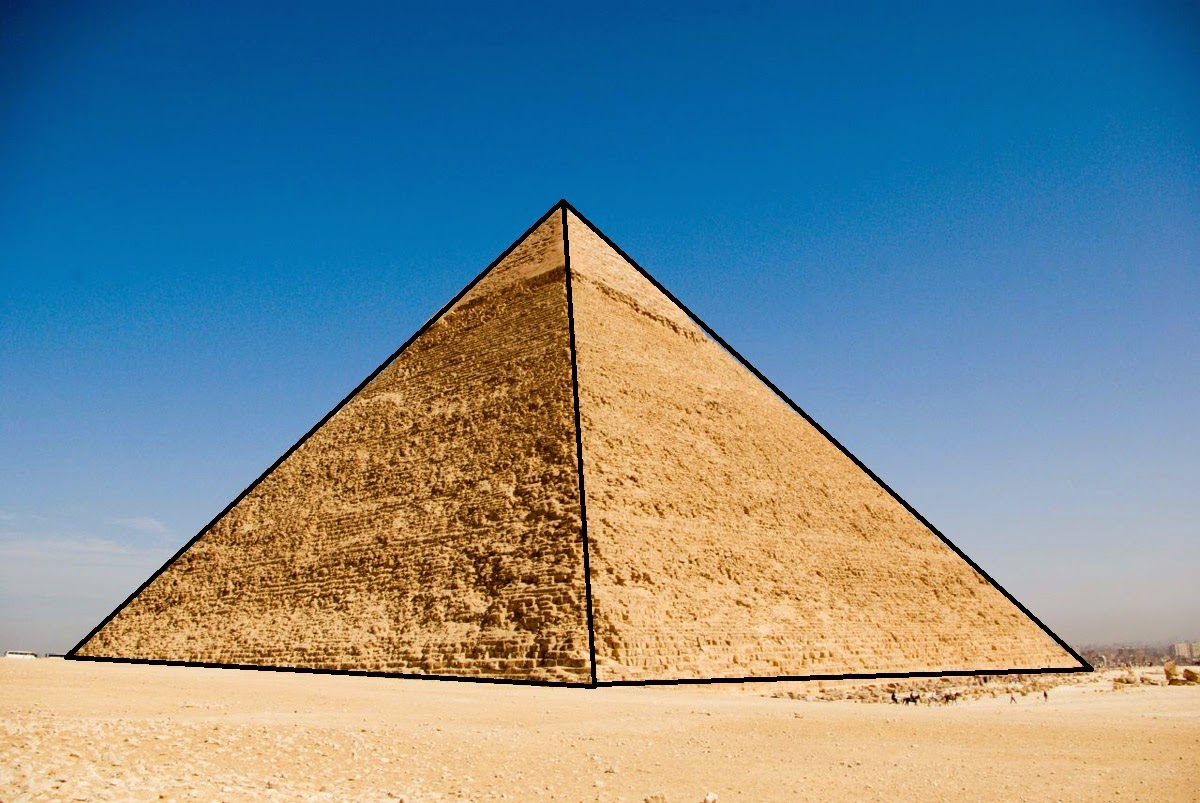Chapter 2: Form
Primary Solids
Primary
solids are derived from the basic shapes: circles, triangles and squares. When
this basic shapes are applied in a three dimensional fashion they make tangible
objects that all people come across everyday life. Primary solids are the basis
of all three dimensional design.
This image shows how the basic triangular shape was utilized to make the three dimensional pyramid.
Website Title: Famous Wonders of the World Best Places to Visit See Travel
Article Title: The Pyramids of Giza
Date Accessed: January 22, 2015
Dimensional Transformation
Dimensional Transformation occurs when an existing three dimensional shape
is manipulated vertically, horizontally, or in any desired direction.
This illustration shows how a cube has been elongated keeping its original form.
Website Title: Inhabitat Sustainable Design Innovation Eco Architecture Gre[…]
Article Title: The ITER Complex: A Gorgeous Green Enclave
Date Accessed: January 24, 2015
Subtractive Forms
Subtractive
transformation is achieved by subtracting an object’s mass while still
retaining its initial integrity.
In this illustration a portion has been subtracted from above the counter and the ceiling.
Website Title: Free stock photos
Article Title: Rgbstock.com - Free stock photos -
Date Accessed: January 24, 2015
Formal Collision of Geometry: Edges
and Corners
When planes
meet on the edges a corner is produced. Corners can be made in varying angles
and in different kinds of styles. A regular corner simply meet on the edges but
it could also be joined by using a distinct element. A corner can also be made
even if the edges do not touch creating an intended corner. Rounded corners
offer an effect of continuity where two planes meet.
This illustration shows a round corner and a sharp corner where two planes have met.
Website Title: Dezeen Sunbrella House by Ikeda Yukie Architects Comments
Article Title: Sunbrella House by Ikeda Yukie Architects - Dezeen
Electronically Published: November 28, 2011
Date Accessed: January 24, 2015














Your definitions are very clear and organized. Very easy to understand. Great Job!
ReplyDelete:D
I enjoyed all of your images for chapter 2. Very simple, yet interesting and they explained the concepts very well. Nice job!
ReplyDeleteI almost chose the exact same example for subtraction. It is a good example as most of the primary form is clearly visible and the subtracted space mirrors the form left behind.
ReplyDelete